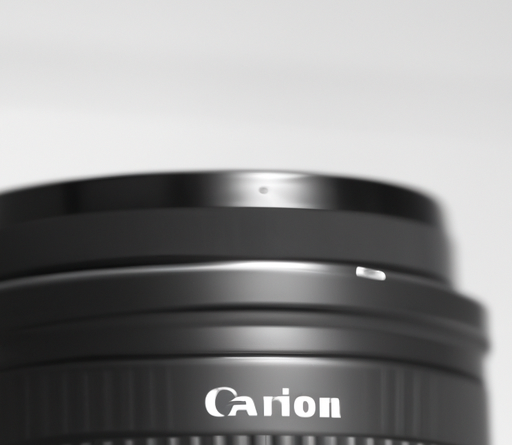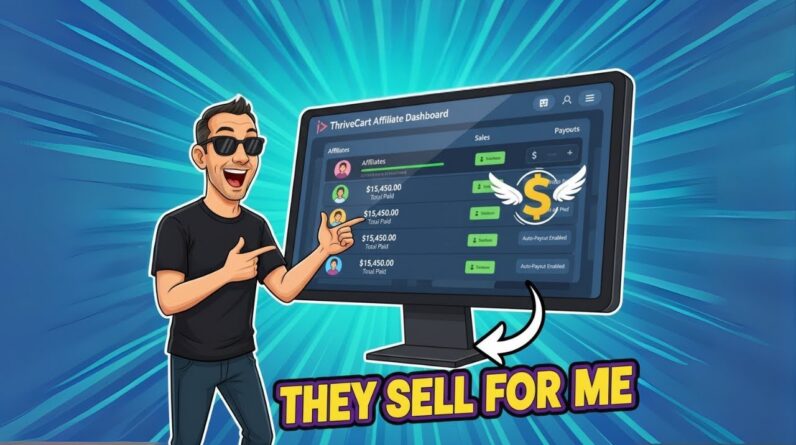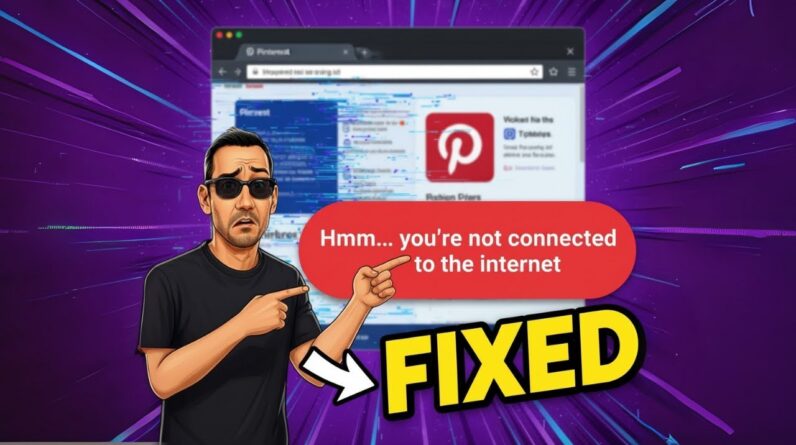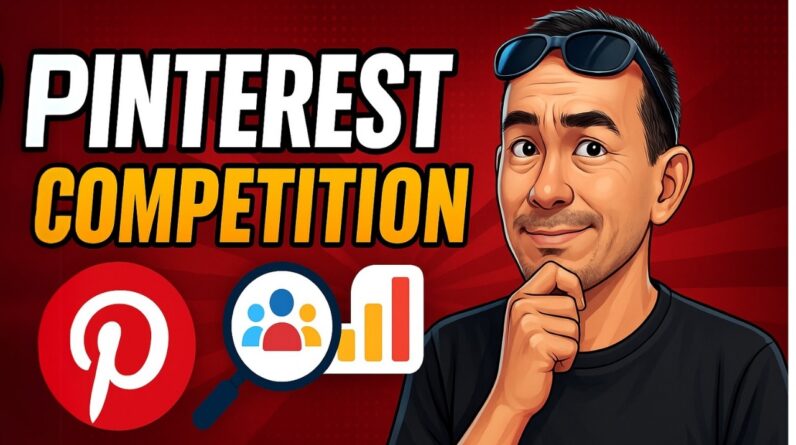
If you’re an aspiring content creator or simply someone who loves capturing and sharing moments on video, you’re probably familiar with the burning question of where to share your amazing footage. With the ever-growing number of video-sharing platforms available today, each with its own unique features and audience, it can be quite overwhelming to decide which ones are best suited for your videos. Luckily, we’re here to help you navigate through the cluttered world of video sharing. In this article, we’ll explore some of the top platforms that can elevate your videos and help you reach a wider audience. So, get ready to showcase your creativity and let’s delve into the exciting realm of video sharing! When it comes to sharing videos online and reaching a wide audience, there are several platforms that stand out. Each platform has its own unique features and benefits, so it’s important to understand them in order to make the best choice for your needs. In this article, we will explore some of the most popular video sharing platforms and discuss what makes them special.
YouTube
YouTube is undoubtedly the king of online video sharing. With over 2 billion logged-in monthly users, it offers an incredible reach for your content. One of the biggest advantages of YouTube is its monetization features. As a creator, you have the opportunity to earn money through ad revenue, channel memberships, and merchandise sales. Furthermore, YouTube provides detailed analytics that give you insights into your audience and their viewing habits. This data can be invaluable for improving your content and targeting your audience better. Additionally, YouTube fosters a vibrant community where creators and viewers can interact through comments, likes, and shares.
With its massive user base of over 2.8 billion monthly active users, Facebook provides an excellent platform to share your videos. One of the standout features of Facebook is its easy sharing capability. With just a few clicks, you can share your videos with your friends and followers, allowing your content to reach a wider audience. Another advantage of Facebook is its live streaming feature. This enables you to engage with your audience in real-time, whether it’s hosting a Q&A session, showcasing an event, or simply sharing your thoughts. Additionally, Facebook offers targeted advertising options, allowing you to reach specific demographics and interests.
Instagram’s visual appeal and mobile-friendly interface make it an ideal platform for sharing videos. With over 1 billion monthly active users, it provides a broad audience for your content. One of the key features of Instagram is hashtags. By using relevant hashtags, you can increase the discoverability of your videos and attract more viewers. Influencer marketing is also prominent on Instagram, making it a great platform to collaborate with popular content creators and amplify your reach. Whether you’re sharing short clips or longer-form videos, Instagram’s platform is designed to showcase visuals in an engaging way.
Known for its real-time engagement, Twitter offers a unique experience for sharing videos. With its wide audience reach, Twitter allows you to connect with people from all walks of life. The platform’s short video format, with a maximum duration of 2 minutes and 20 seconds, encourages concise and impactful storytelling. This makes it an ideal platform for quick updates, teasers, or sharing moments from an event. The viral potential of Twitter is also worth mentioning, as tweets that resonate with users can quickly gain traction and be shared across the platform, boosting your video’s visibility.
TikTok
If you’re targeting a younger audience, TikTok is the platform to consider. Known for its short-form videos, TikTok allows users to create and consume bite-sized content. With over 700 million monthly active users, predominantly from the Gen Z demographic, your videos can gain significant exposure on this platform. Additionally, TikTok offers features like duets and challenges, which enable users to collaborate and engage with your content. Creating viral trends is a common occurrence on TikTok, so if you’re looking to tap into the latest trends and create shareable content, this platform is a must-consider.
For professional networking and business-related videos, LinkedIn is the go-to platform. With over 700 million members, LinkedIn provides a niche audience focused on business and industry. Sharing thought leadership content and industry insights can help position you as an expert in your field. Additionally, LinkedIn offers networking events and groups where you can connect with like-minded professionals. This platform is particularly useful for B2B companies or individuals looking to build their professional brand.
Vimeo
If you prioritize high-quality content and creative community, Vimeo is an excellent platform to share videos. Known for its commitment to providing a platform for artistic expression, Vimeo attracts a community of filmmakers, videographers, and other creatives. The platform offers advanced video settings, giving you control over the privacy and security of your videos. Additionally, Vimeo provides options for monetization, allowing you to sell or rent your videos to a global audience. If you value artistic integrity and want to connect with fellow creators, Vimeo is the right choice.
Snapchat
Snapchat is a platform focused on a youth-oriented audience, with over 500 million monthly active users. Snap Stories, which are short video snippets that disappear after 24 hours, are a popular feature on Snapchat. This format encourages frequent and creative content creation, perfect for engaging with your audience on a personal level. Snapchat also offers augmented reality (AR) filters and lenses, allowing you to add fun and interactive elements to your videos. Additionally, Snapchat Discover provides an opportunity to feature your video content in curated sections, increasing its visibility.
Dailymotion
Dailymotion is an alternative to YouTube that boasts a global audience of over 300 million monthly users. While it may not have the same scale as YouTube, Dailymotion offers unique features that might appeal to certain content creators. The platform provides a customizable player, allowing you to control the branding and aesthetics of your videos. Dailymotion also offers monetization options, so you can earn revenue from your videos. If you’re looking to diversify your video sharing platforms and reach a global audience, Dailymotion could be worth exploring.
While primarily known as a visual discovery and creative inspiration platform, Pinterest also offers video sharing capabilities. With its focus on long-term visibility, Pinterest allows your videos to gain exposure over time, making it ideal for evergreen content. The use of hashtags, descriptions, and keywords can help your videos surface in relevant searches. Additionally, Pinterest’s shopping capabilities make it a valuable platform for brands looking to showcase products and drive sales through video content.
In conclusion, choosing the best platform to share your videos depends on your content, target audience, and goals. YouTube is the undisputed leader in terms of reach and monetization, while platforms like Instagram, Twitter, and TikTok offer unique features tailored to specific demographics. Professional networking can be achieved through LinkedIn, while Vimeo caters to a creative community. Snapchat, Dailymotion, and Pinterest also provide opportunities to engage with different audiences and showcase your videos in distinct ways. Ultimately, by understanding the strengths of each platform, you can leverage their features to maximize the impact of your video content.






